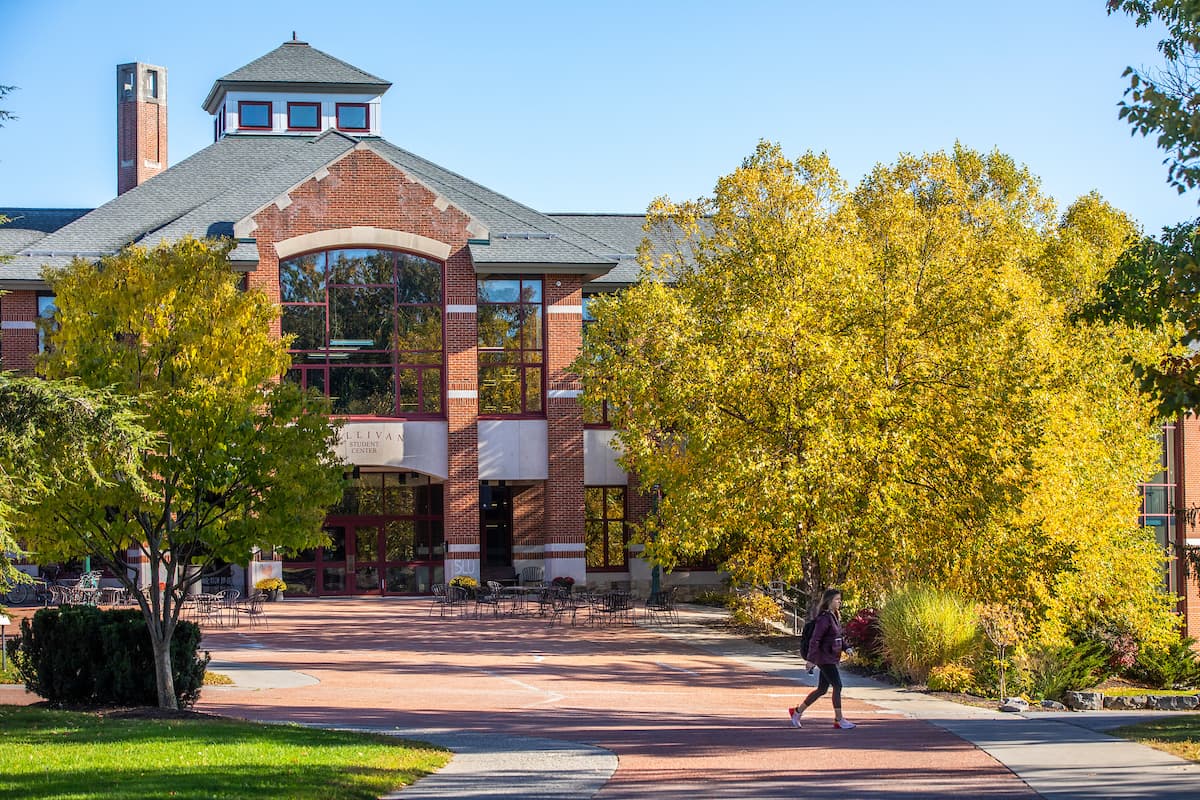As I step into the Brush Gallery, my eyes are greeted with a prim row of off-white miniature flower pots, each mounted on their own half circle of light brown plywood and sprouting a small bunch of grass. As I step a bit closer, I can see the increase in pigments of the grasses from left to right, with each new miniature pot sprouting hues of green and dark grey. I can also make out the threads on the ribbed edge on the top of these pots, leading me to consider whether they are miniature pots or in fact massive screws somehow fostering plant life.
This contrast of manmade and natural features can be found throughout Rachael Marne Jones’ collaborative collection, “Trace Remains” in the Richard F. Brush Art Gallery right now. For a large part of this collection, Jones used slip casting, a technique in which liquid clay is poured into a premade mold and then left to set on the inside walls of the mold (which in Jones’ case is handmade). These molds yield a shape difficult to attain with a potter’s wheel. Slip casting’s ability to create a variety of abnormal shapes is evident throughout the collection, where I’m able to pick out slip cast remnants of remote controls, little rubber ducks, and lego pieces. When describing her pieces for this collection, Jones explains that she was “utilizing…cast away objects as symbols for making meaning and exploring cultural relationships to the environment.” This holds true, as several other shapes and textures appear in her work that are grounded in nature, like in my personal favorite from the collection, “Strange Geology.” This piece presents as an outcropping of rock and crystal from an approximate one by one footplate mounted on the wall of the gallery. The rock and crystal, also formed via a slip cast of “porcelaneous stoneware,” are off-white in tone, yet have been doused in what appears to be a plain, teal glaze. However, upon closer inspection, another layer of nature-based texture reveals itself, as the glaze is crystalline in nature, spreading a snowflake or ice-like texture over the rough, off-white formation and giving it the look of a freshly frozen, clear mountain pond.
Jones, once again describing these piece’s notes, “I usually have a specific question that I am exploring about humankind’s relationship to their environment.” Pieces such as “Plastiglomerate #1” illustrate this by showing the melding of man-made, forgotten items with textures and objects from nature. The piece itself appears as an outcropping on the wall of the Gallery and sports rock-like chunks sprinkled with little multicolored dots that evoke a visual of barnacles on the rock outcroppings on the beach. Scattered throughout this glomerate also shells, remote controls, and other organic shapes. At its core, Jones’ work does exactly what she seeks to do, which is to take each object and explore the question of “what purpose will or can it serve after reclamation or reorganization and what is its relationship to the current state of globalization.”



